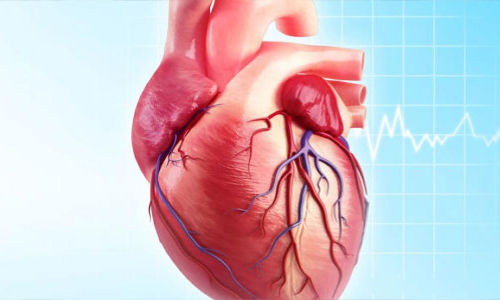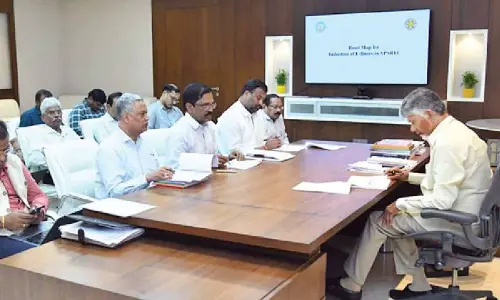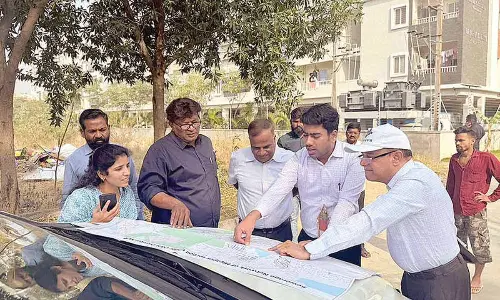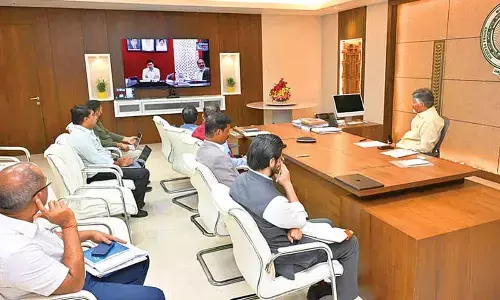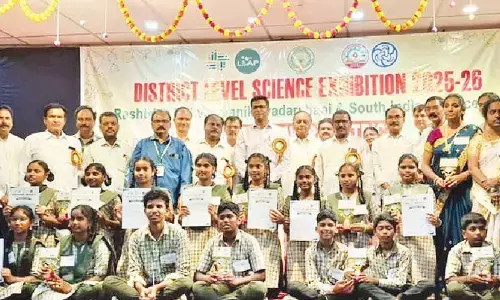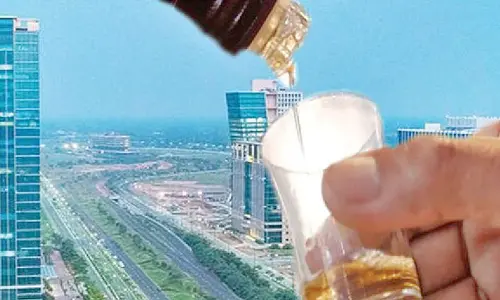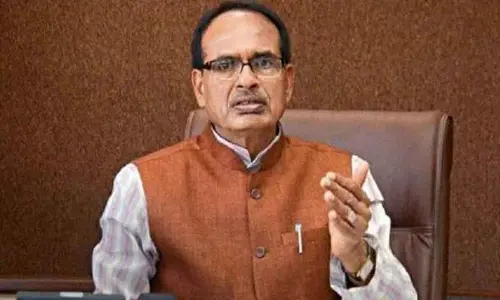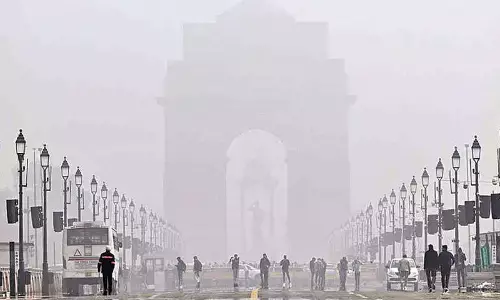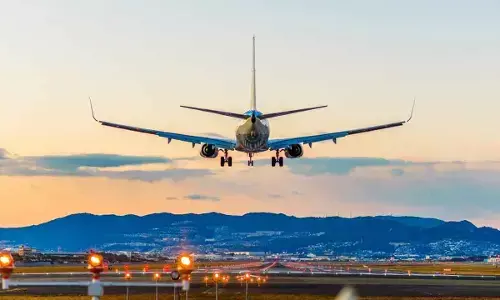Art as a catalyst for connection, culture, and sustainability
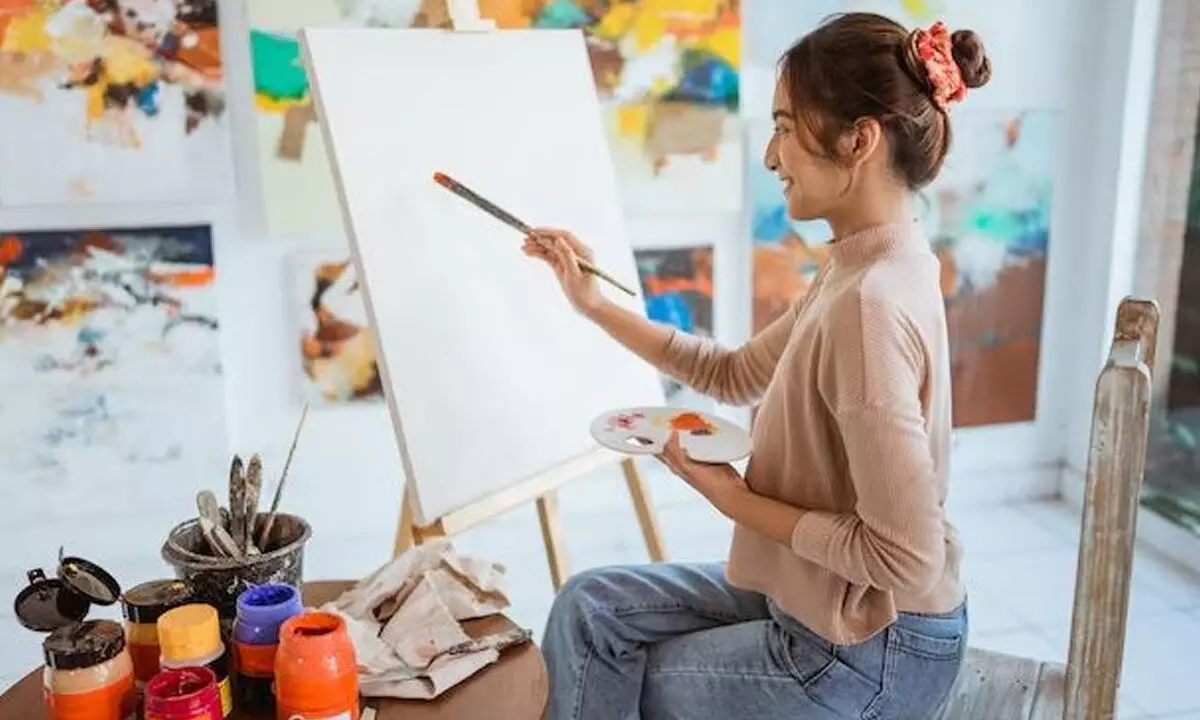
Art has always played a powerful role in shaping society. From cave paintings to digital installations, artistic expression reflects the times we live in, giving voice to communities and challenging the status quo
Art has always played a powerful role in shaping society. From cave paintings to digital installations, artistic expression reflects the times we live in, giving voice to communities and challenging the status quo. In today’s world, art is more than just an aesthetic experience—it is a vital tool to connect societies, celebrate cultural diversity, and foster sustainable development.
One of the most important roles art plays is reinforcing the connection between artistic creations and society. Art captures lived realities, emotions, and perspectives that statistics or policies alone cannot convey. Murals in urban spaces, for instance, often reflect the hopes, struggles, and history of local communities. Through such creative expressions, art becomes a mirror and a messenger—helping people engage with social issues like inequality, migration, or climate change in a more personal, impactful way.
Art also serves as a bridge across cultures, encouraging greater awareness and appreciation of diverse artistic traditions. Each culture brings its own visual language, stories, and forms of creativity. Whether it’s Indigenous weaving techniques, African drumming, or Japanese ink painting, these practices carry centuries of wisdom and identity. By showcasing diverse artistic expressions in public spaces, museums, and classrooms, we promote inclusivity, mutual respect, and cultural dialogue in an increasingly globalized world.
In essence, art is not just decoration—it is a dynamic force that links people, preserves cultural richness, and drives collective action for a better future. Let us continue to recognize and uplift the role of art and artists in building a more connected and sustainable world.






